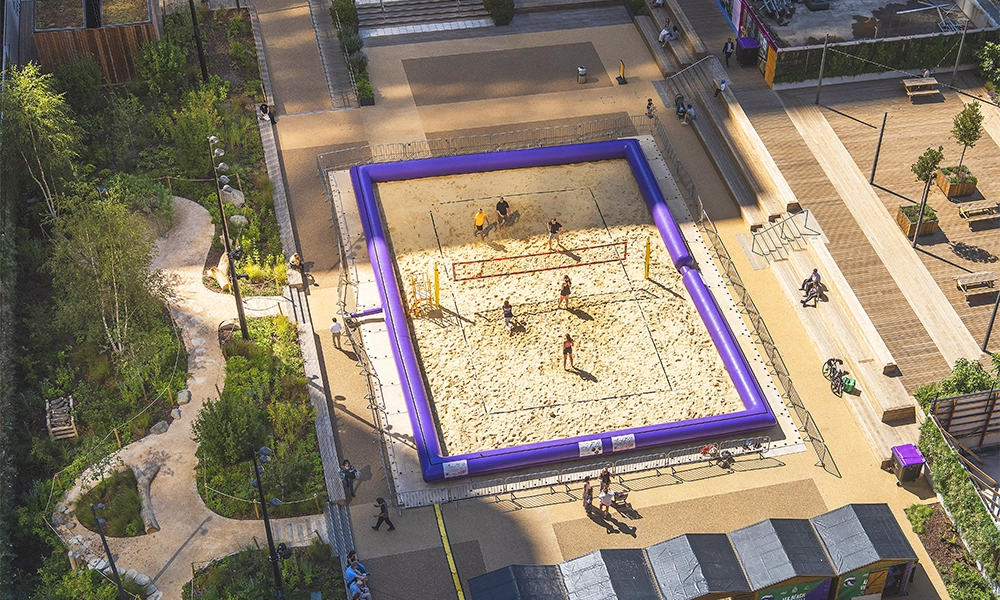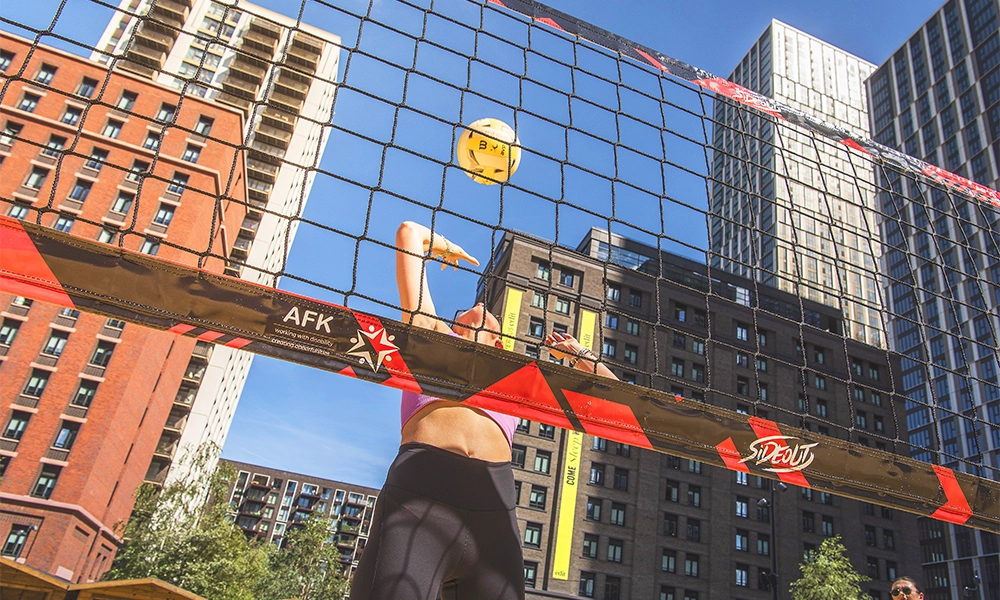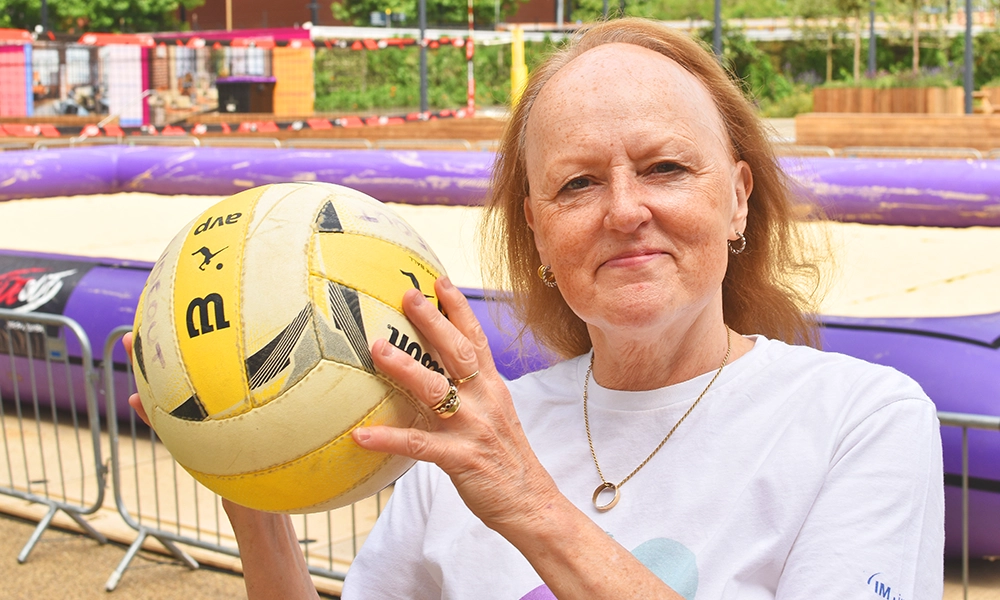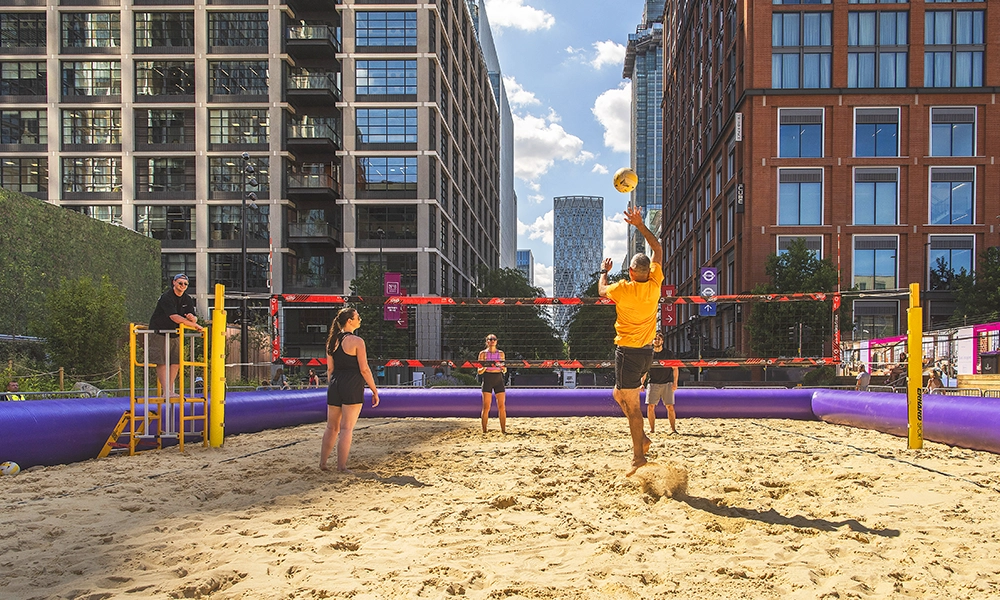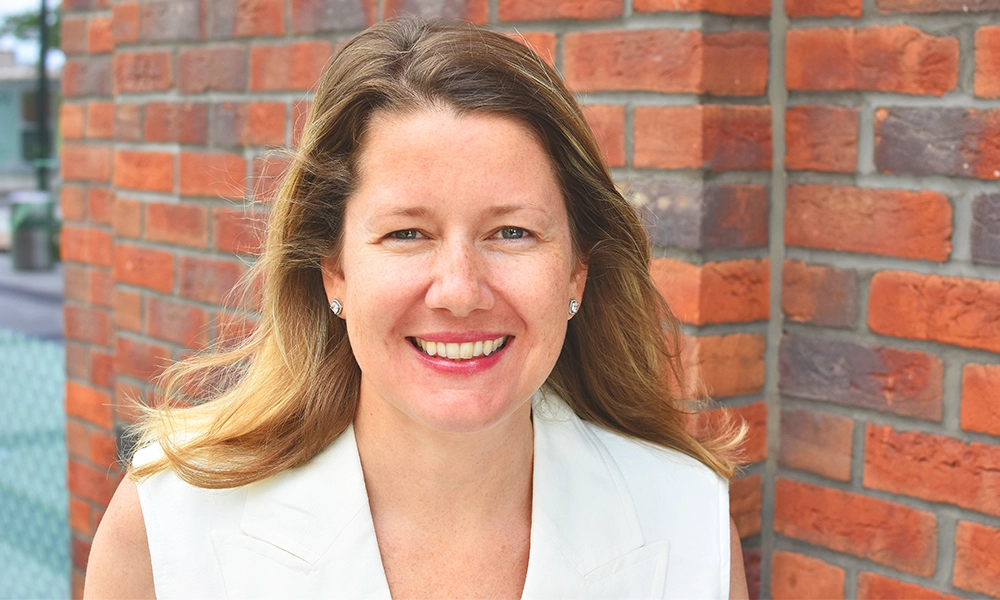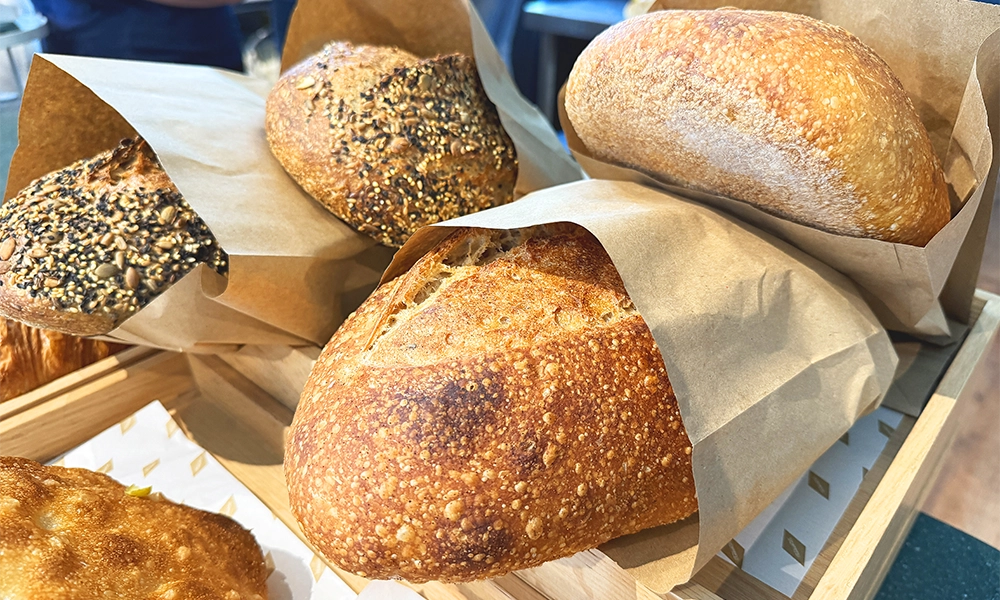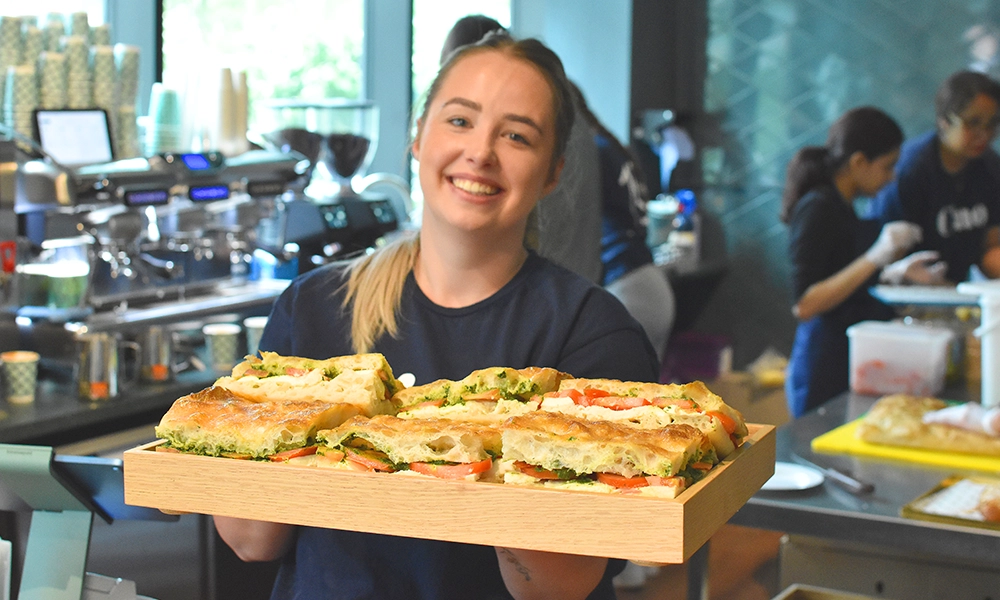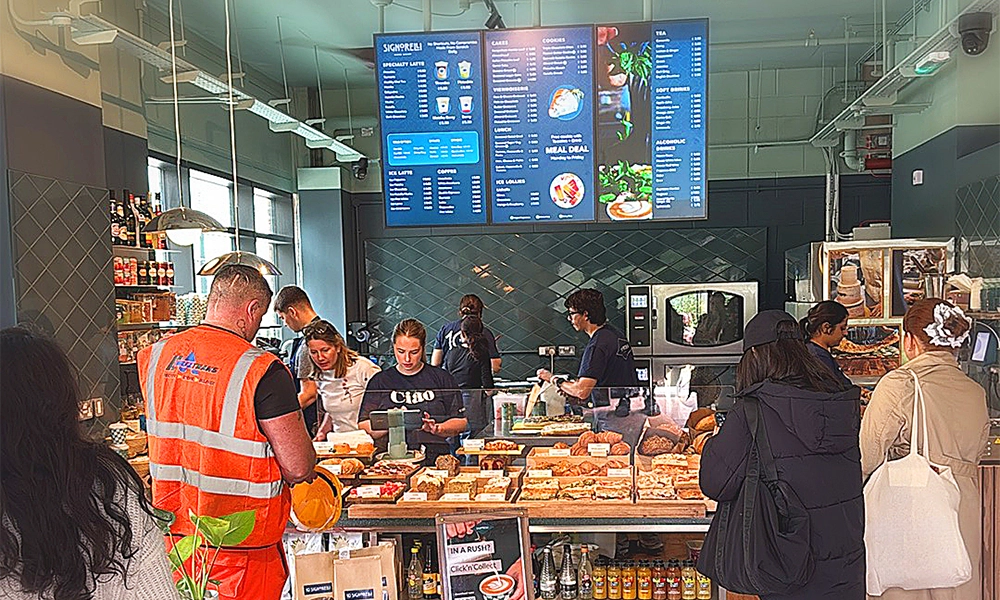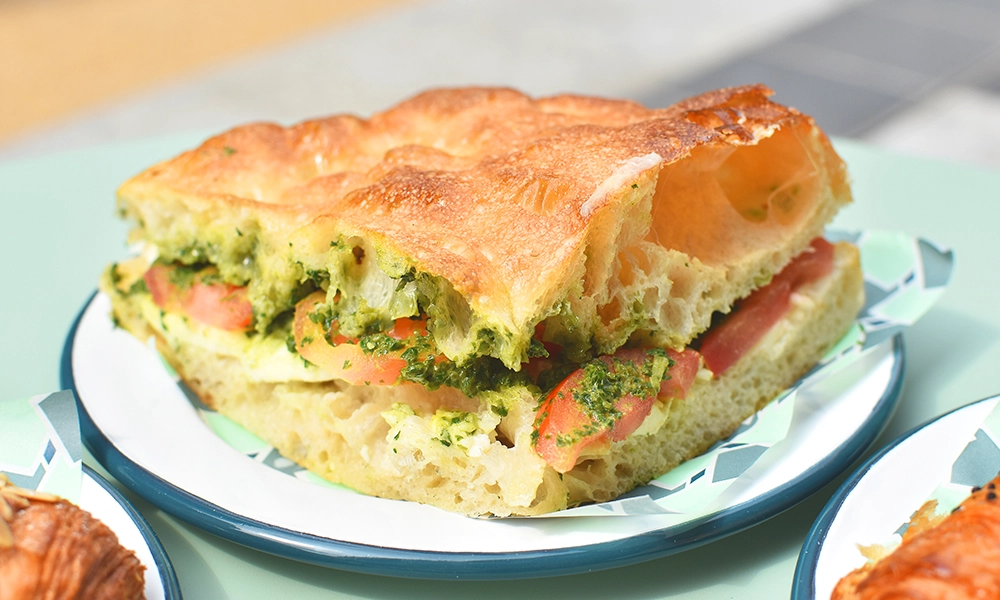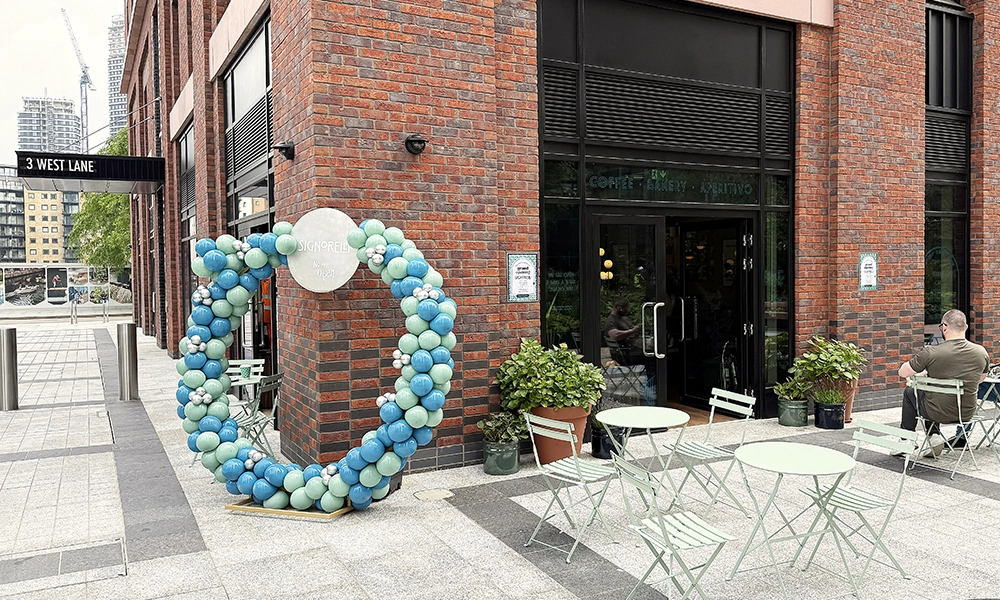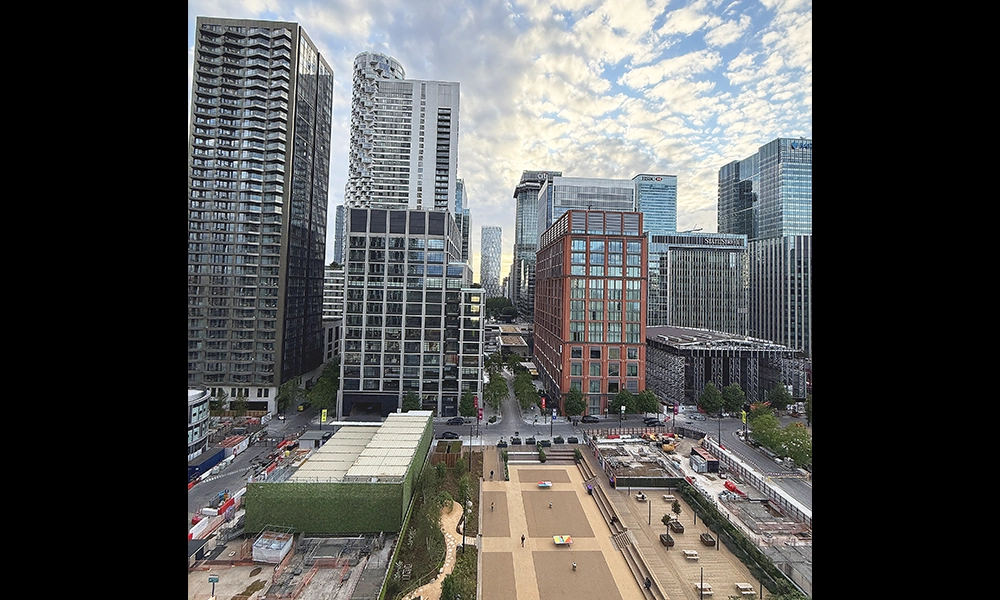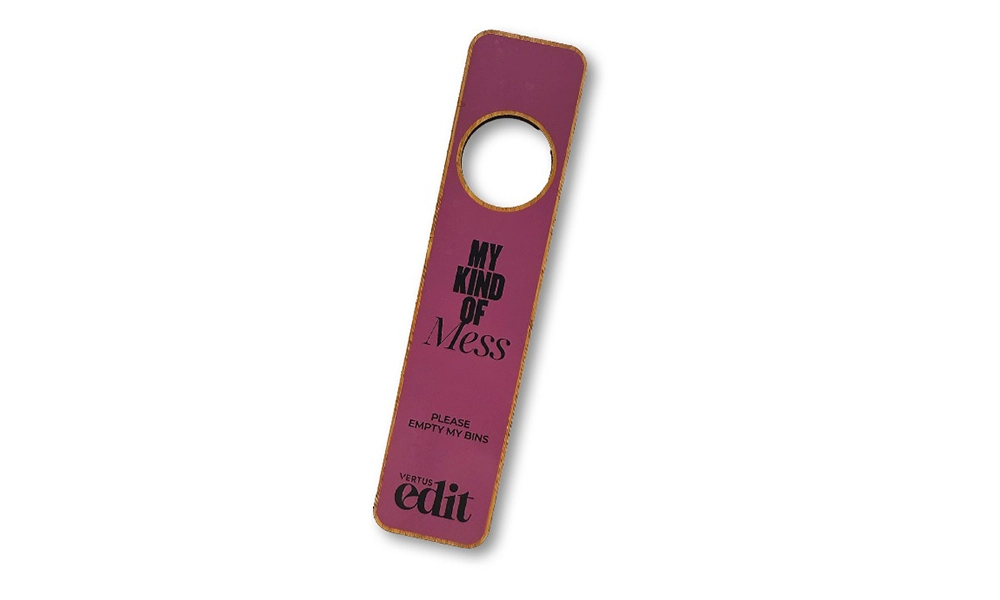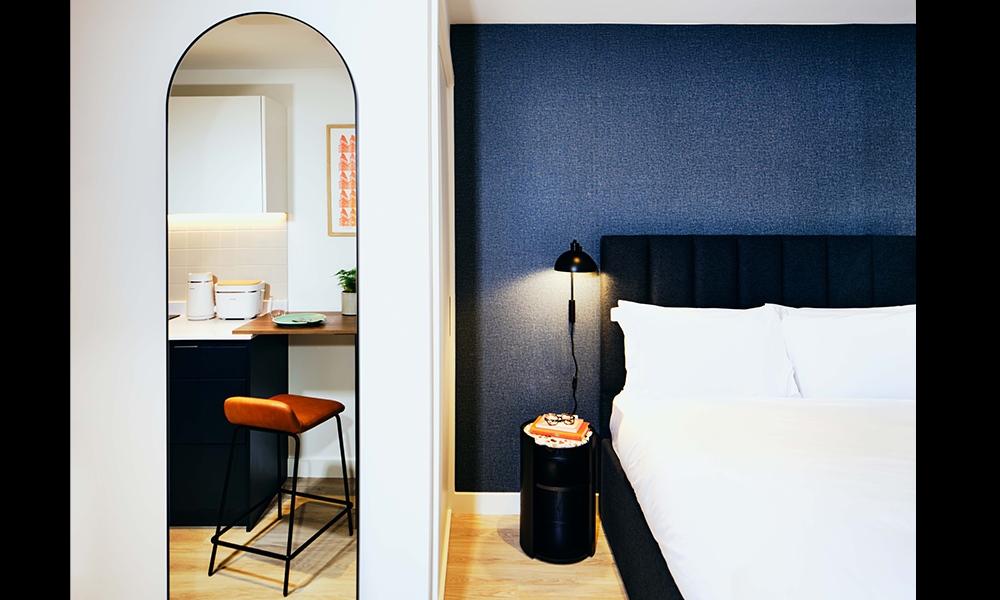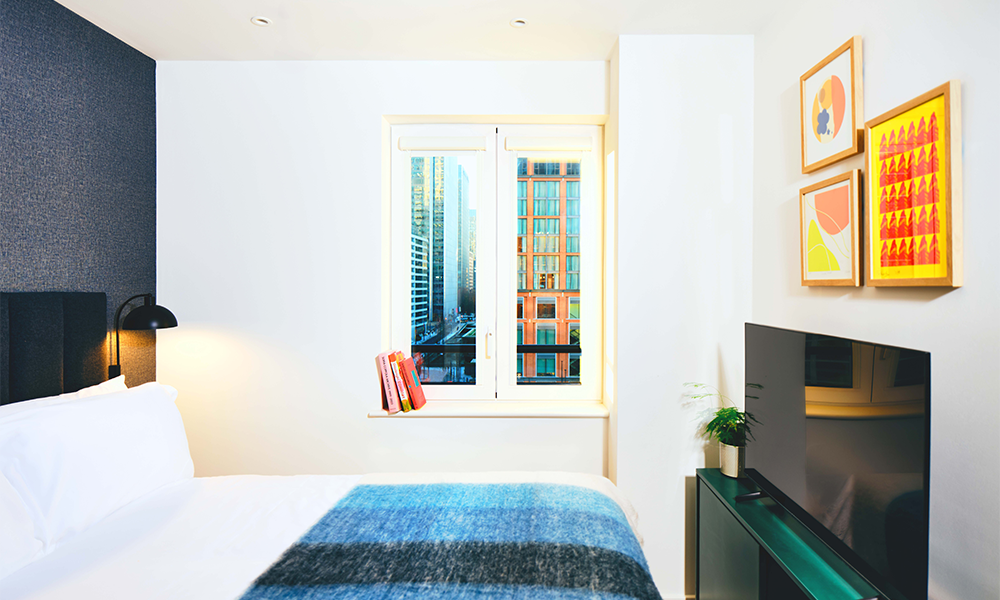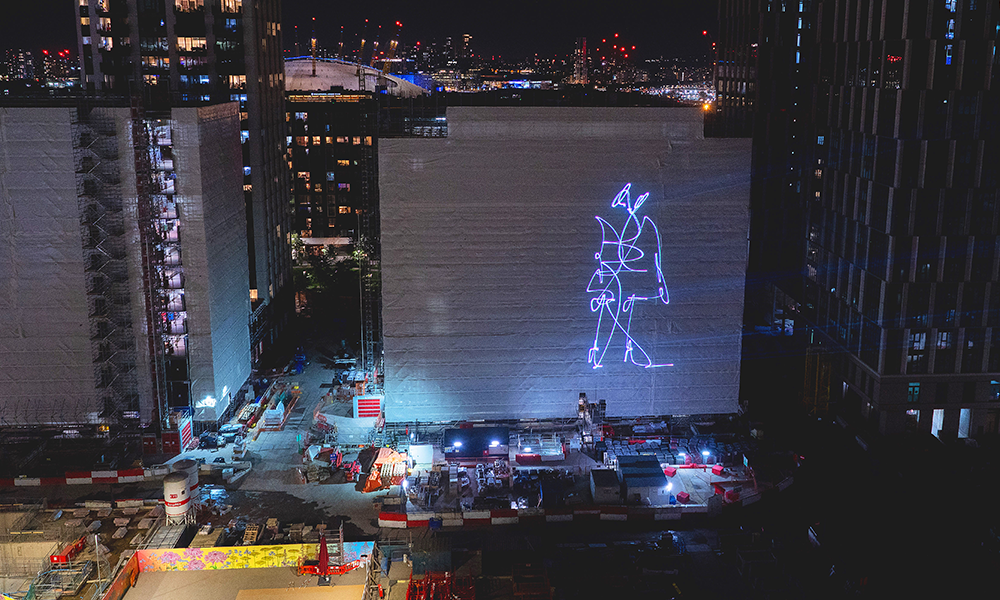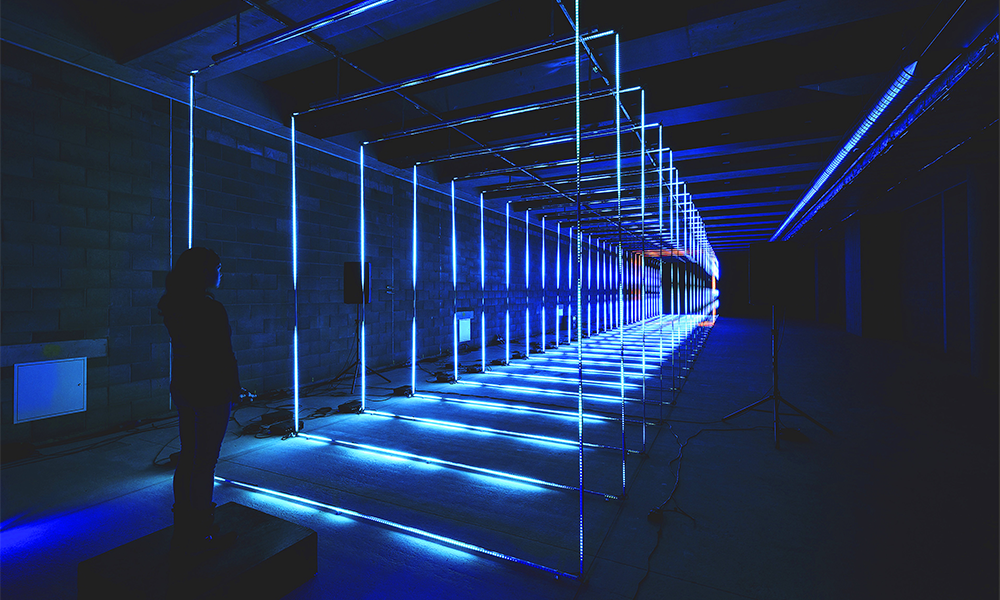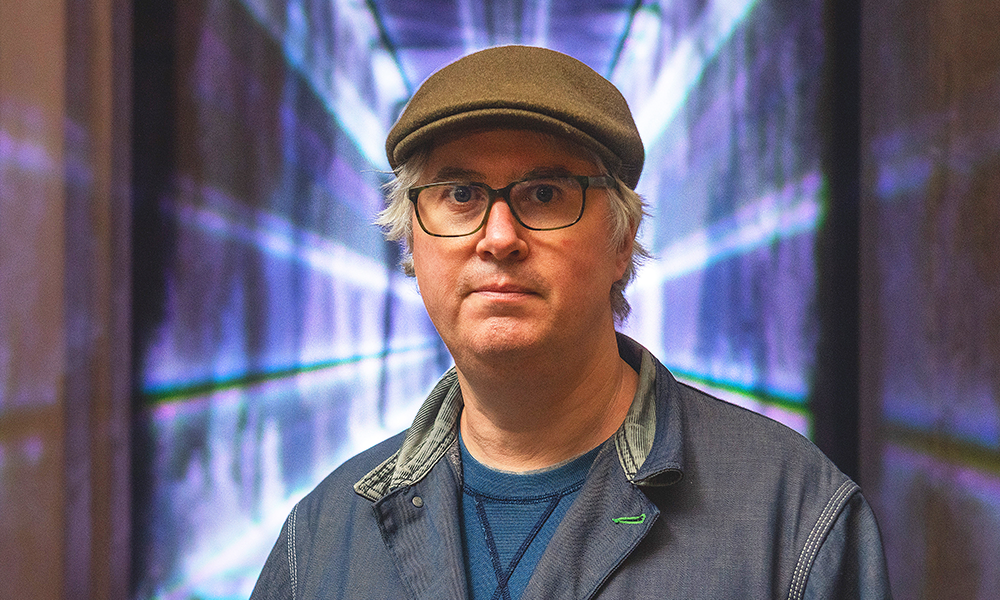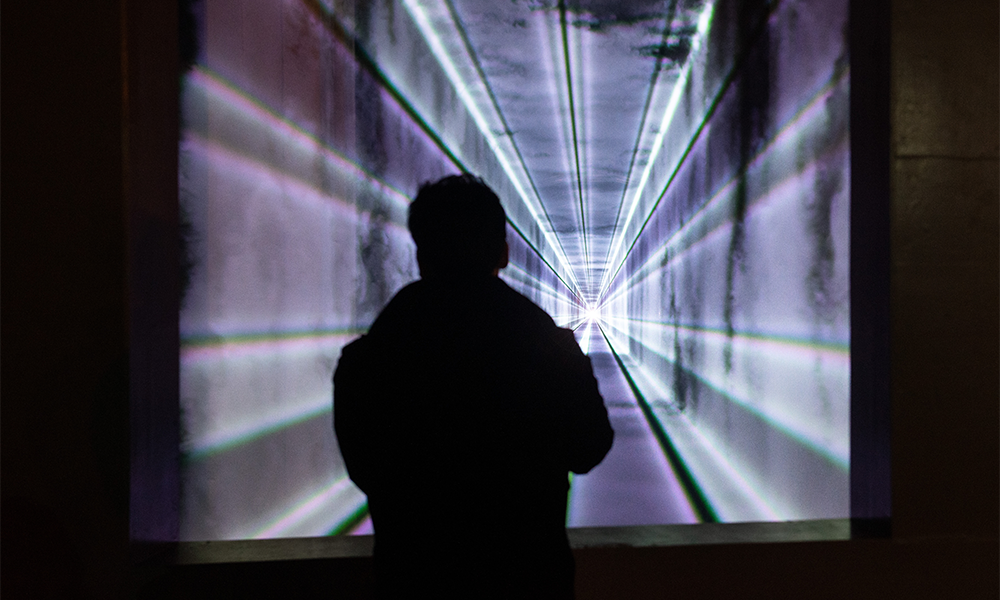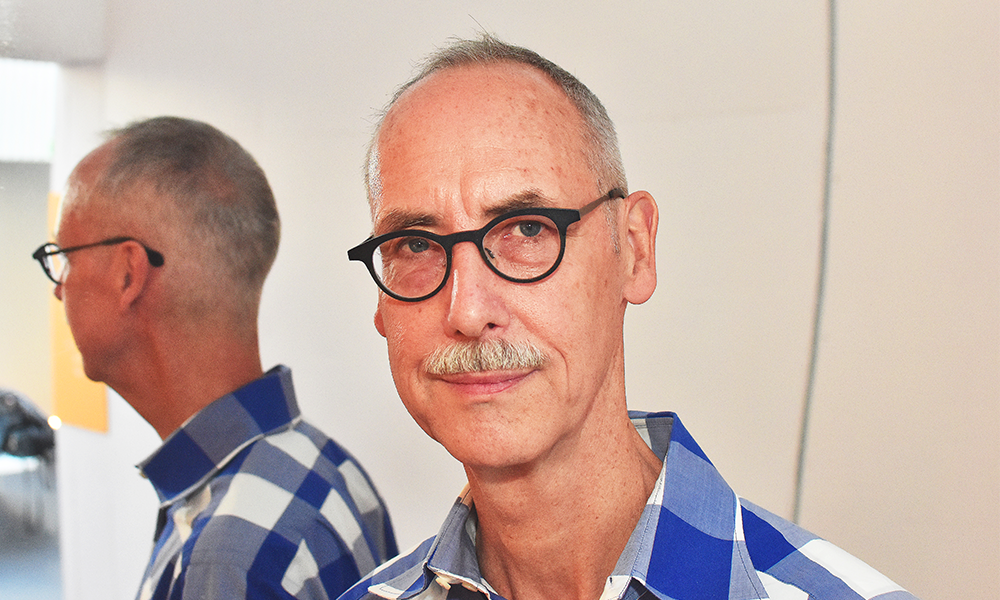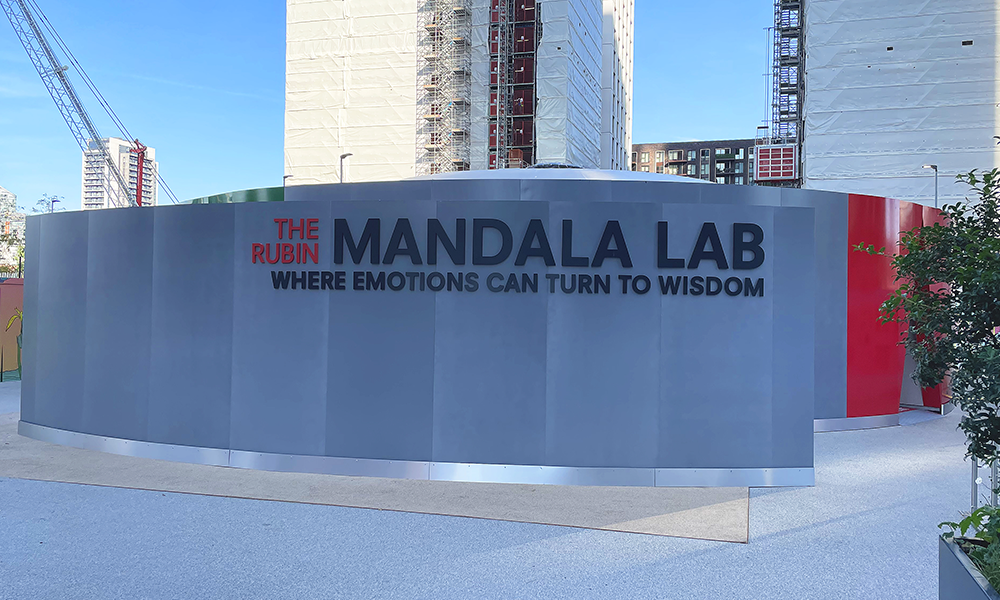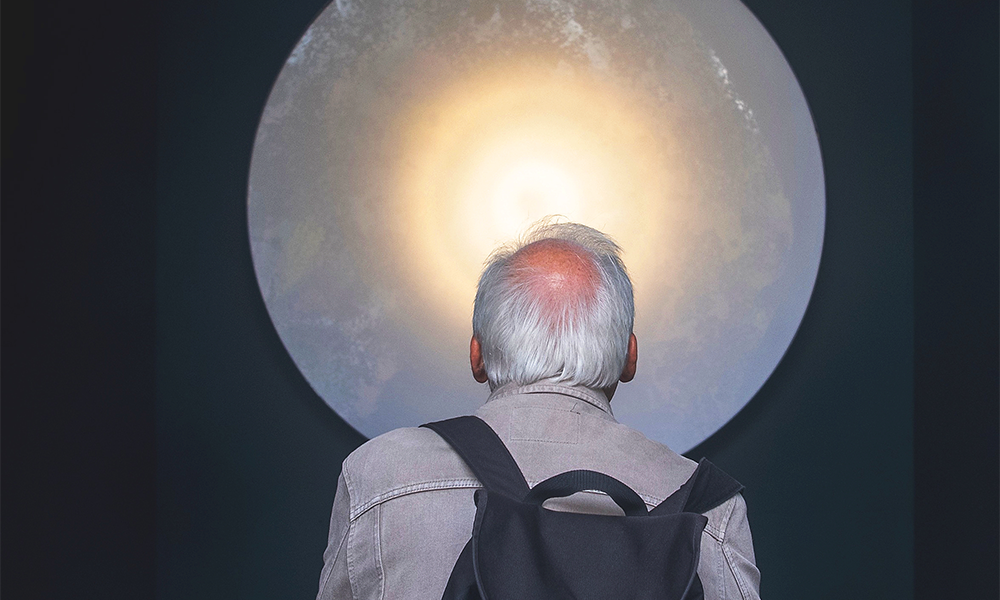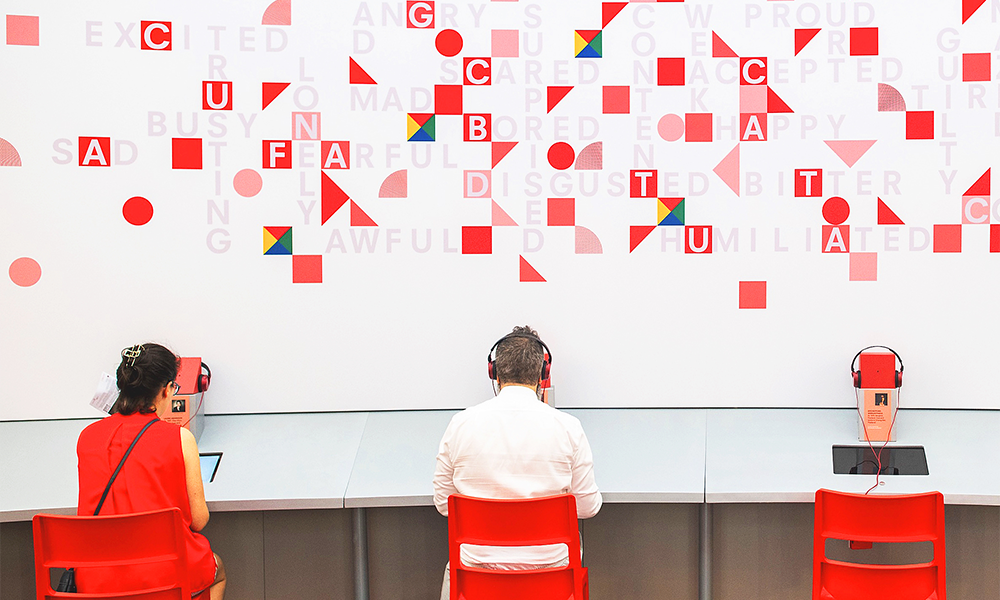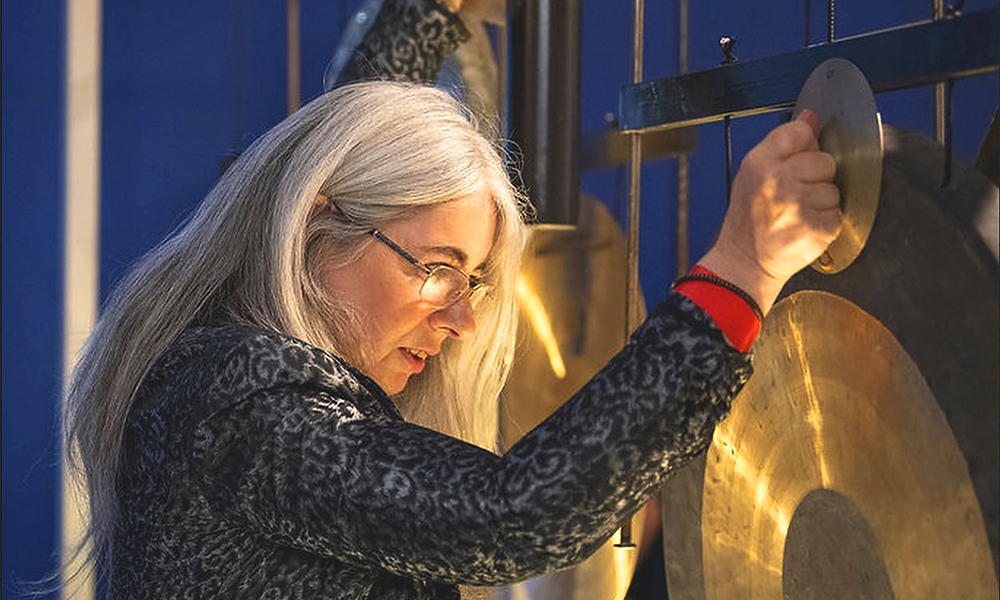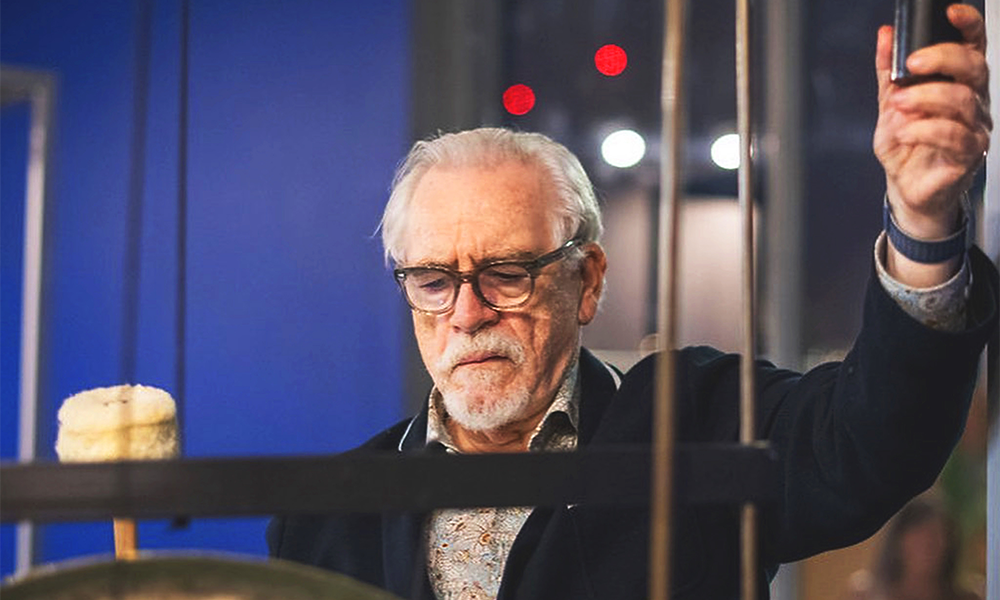Canary Wharf’s latest restaurant launch comes from brothers Ozgur and Sidar Akyuz, known for Café Beam, which has four branches in London
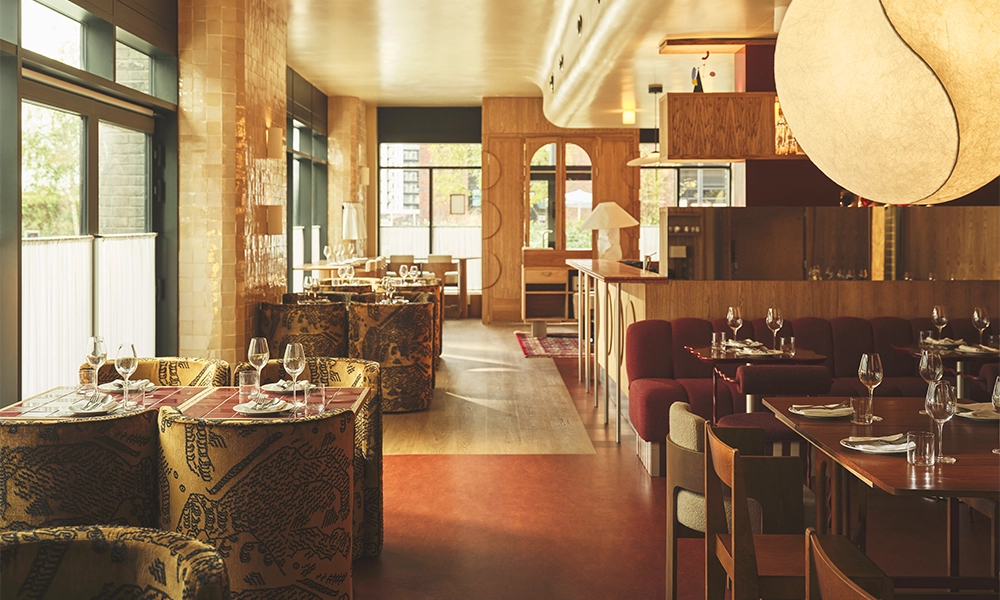
Subscribe to our free Wharf Whispers newsletter here
ADVERTISING FEATURE
The past 12 months have been a thrilling time for the Canary Wharf hospitality scene, with many new venues opening their doors.
Wood Wharf has been right at the heart of the excitement, welcoming the likes of Ong Lai Kopitaim, Signorelli, Café Seek, Supershakes and Crate, alongside a clutch of independent businesses.
Now there’s floristry at The Flower Club, exercise at The Island Reformer Pilates studio, four-legged friend pampering at Pawsome Pet Grooming And Spa, manicures and pedicures at Awe London, chic cuts at Wayne Hairdresser Salon and clothing care and manufacture at Omnifix.
All are part of Canary Wharf Group’s collaboration with Tower Hamlets Council to offer affordable space to small firms, bringing the area to life.
The latest addition to that mix is Nora, a restaurant and bar that “honours the dynamic city of Istanbul”.
Located on the corner of West Lane and Union Square, the venue is a warm space clad in wood, terracotta tiles and Turkish vinyl LPs.
It’s the latest opening from brothers Ozgur and Sidar Akyuz, who together run Café Beam – bunch-focused venues in Crouch End, Muswell Hill, Highbury and Notting Hill.
Nora, however, is a fresh venture – a chance to do something different.
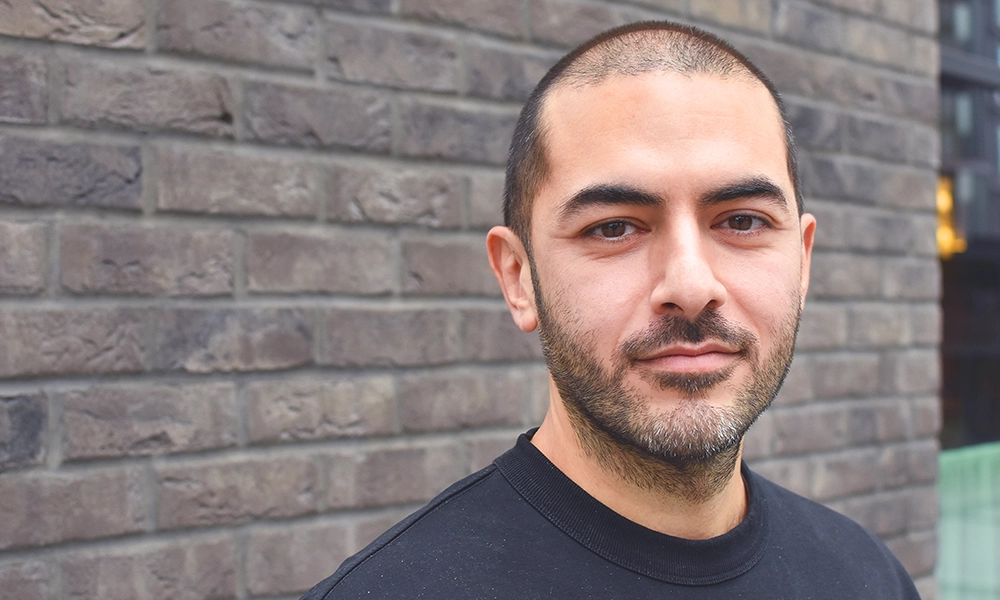
why the Wharf is a place to innovate
“You can do things in Canary Wharf that you can’t do anywhere else,” said Ozgur, who spent time working in fintech before joining his brother in hospitality.
“The area is very familiar to me – I used to come here a lot because many of our clients were based on the Wharf.
“It was a very positive period in my life and I have great memories.
“It’s very international in vibe and it’s incredible to see how much it has changed.
“When I first came here it felt almost sparse, but now it’s much cosier.
“The ecosystem is very diverse – people live here, they visit and there are lots of places to shop, eat and drink. It’s become something really interesting.
“Part of the idea with Nora was to open a restaurant with a more independent feel – something you might find on the streets of Soho or Shoreditch.
“As operators, we can be creative and hopefully open something people love at a high level.”
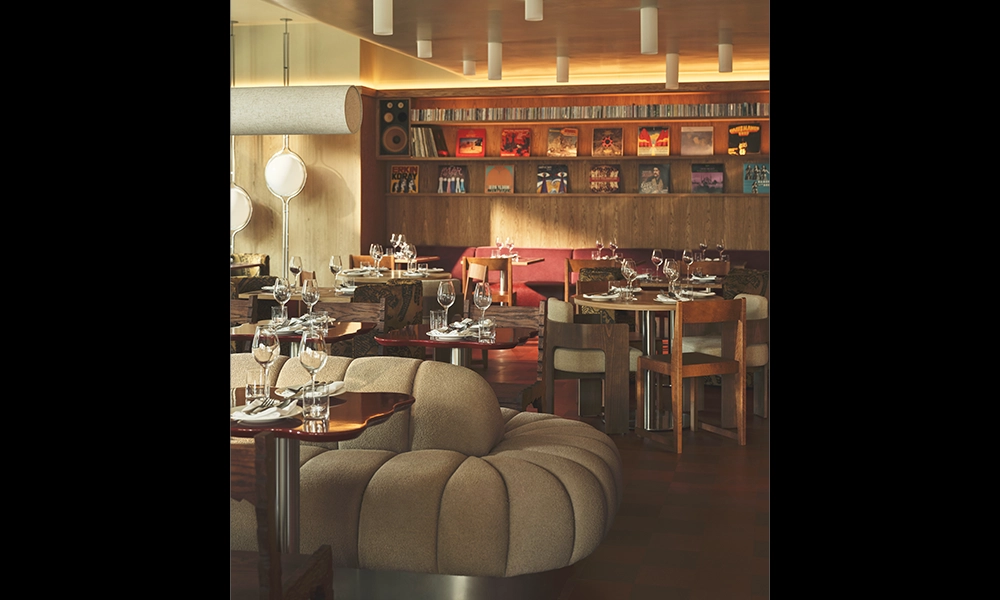
Nora: a personal project
Sidar added: “It’s almost as though we’ve had inside information that Wood Wharf is going to be an area that will really be buzzing – a place we can bring some extra soul to.
“Restaurants can really help an area to thrive and we want to contribute to that.”
Having ridden the wave of popularity in the brunch sector with Cafe Beam, which opened its first branch in 2013, Nora is more experimental and opens daily for lunch and dinner.
“We’re both Turkish and born in London, so it’s a personal project,” said Ozgur.
“We’ve looked at other cuisines and have always seen a level of progression, where it’s gone from one thing to another – people have experimented and created something new.
“When we look at Turkish cuisine in London, it’s always stayed in a particular style of restaurant.
“Everyone loves it and people have done a really great job, but what we want to do now is to show some of the diversity of Turkish cuisine at Nora.
“Mangal-style cooking on charcoal is still there on our menu, but we want to be more creative with it, not following dogmatic rules.
“There’s just so much more to the country’s food. Looking at Turkish culture, there’s a lot of history – there’s so much to play with – and it would be a shame not to explore that.
“That’s what we’re trying to do here in a way that’s accessible and exciting.
“Turkish hospitality is really uplifting, it’s entertaining and generous and we don’t want to lose that – but at Nora, we also want to push the boundaries.”
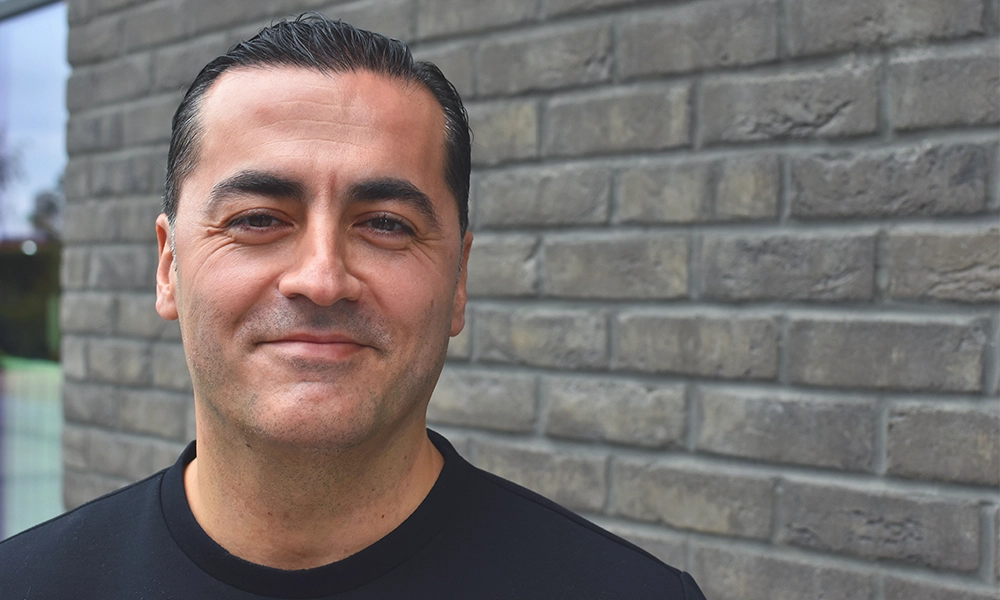
a twist on tradition
Alongside fresh takes on kebabs, diners can expect a heavy focus on fish and seafood.
Sidar said: “We want people to be surprised when they come here – familiar dishes with a twist. My favourite thing on the menu is the mackerel.
“On the Bosphorus they catch this fish and grill it right there on the boat, put it between two pieces of bread with some salad and eat it. It’s real street food.
“In the restaurant, we cook it with a very nice herb sauce that’s very reminiscent of those flavours.”
Ozgur added: “The idea is to keep the menu changing with big cuts of fish and meat alongside dishes such as Adana Kofte kebab with confit garlic yogurt.
“We do things in a way you won’t have seen before.
“On the meze side, for example, we’ll do onion dolmas – Turkish dumplings – but filled with crab in a crab bisque.
“These are my favourite because you hardly ever see them on a menu, but everyone’s cooking them at home.
“It’s a dish that encapsulates everything we’re trying to do at Nora to showcase the history of Turkish cuisine.”

filled with Turkish flavours
Beyond the food, the restaurant’s drinks promise a similar blend of tradition and fresh ideas.
“We have cocktails mixed using Turkish spices – classic drinks made new to you through the ingredients we use,” said Ozgur.
“Everything we do has a nod to Turkey in it somewhere.
“The wine list will be predominantly Turkish, but there’ll also be wines from neighbouring countries, like Georgia.
“For some of the wines, we’re the first people to import them from Turkey – we’ve found small vineyards run by people who are really passionate and we are giving them the opportunity to showcase their wines here.
“When you’re doing these projects, the hardest thing is to stay true to what you’re trying to achieve – everyone has their own idea of what it should be.
“Canary Wharf Group worked hard to get us here and has been very supportive.
“They’ve been really helpful through the process and we know – following the pandemic – how important it is to have good landlords.”

key details: Nora
Nora is located at 7 West Lane on the edge of Union Square and is open daily from noon-2.45pm and from 5.30pm-9.45pm.
Dishes are available a la carte or diners can opt for set menus at £45 or £65 per person
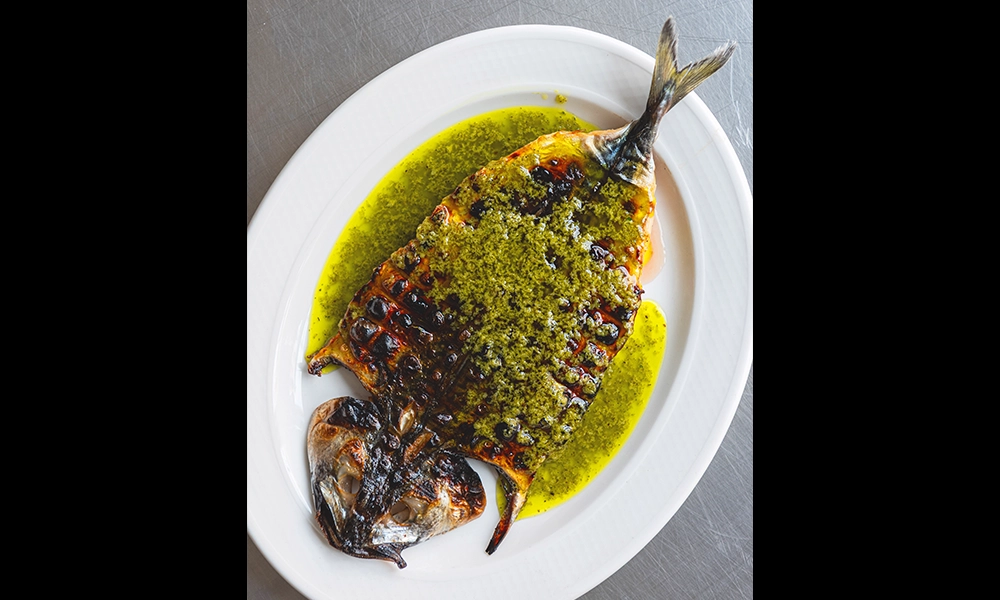
Find out more about the new restaurant here
Read more: Why a degree in hospitality and tourism can boost your career





